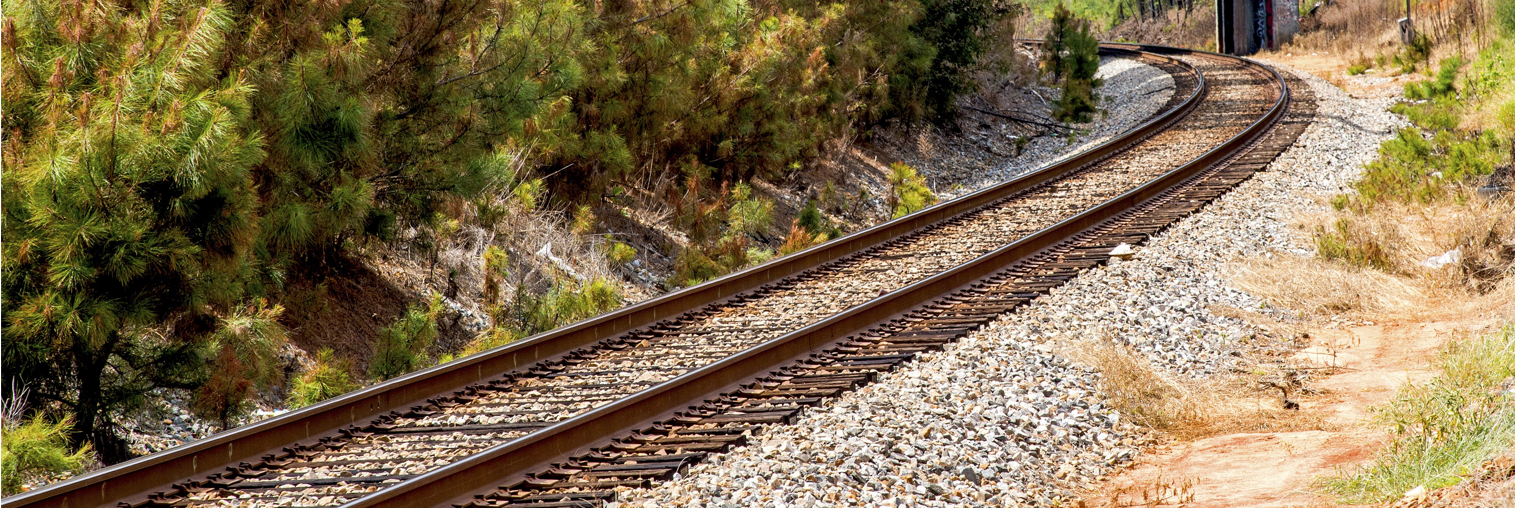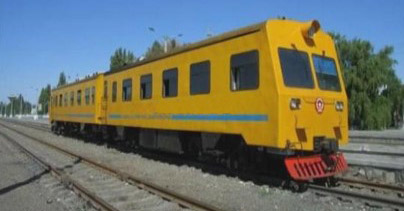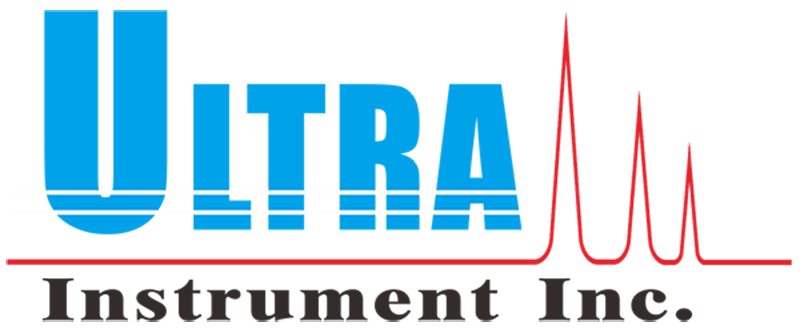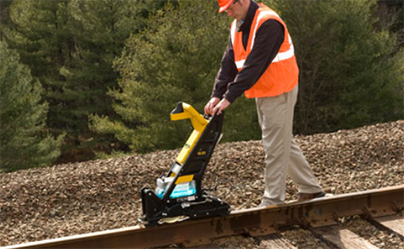
The Status of Rail Flaw Detection
Rail damage is a serious problem in rail transit. The damage affects the safety and stability of train operation, and is closely related to transportation cost, rail material selection and related design and manufacturing. Rails need to support and guide the locomotive in the specified direction. However, in the long-term use process, the rail has damages, such as common fracture, crack and other conditions that affect the performance. Only by clarifying the rail damage and its causes can the work quality of rail flaw detection will improve.
Rail Core Damage
The main reason is that the material used in the process of smelting or rolling is poor. There are defects in the process of use, so that the stress of the locomotive can be concentrated. And the fatigue source is increasing and expanding under the action of repeated load. Rail nuclear damage mainly occurs inside the head of the rail, and with the increase of the diameter of the nuclear damage, the bearing capacity of the rail will be reduced. Therefore, under the action of high-speed repeated load, the rail is very easy to break.
Rail Joint
This is the weakest link in the line. The locomotive and vehicle wheels continuously act on the joint of the rail, making the maximum inertia force increase by about 55% compared with other parts. Therefore, screw hole cracks or saddle wear often occur in the ordinary rail flaw detection process.
Rail Longitudinal Direction and Vertical Horizontal Crack
The longitudinal and vertical horizontal cracks of the rail are mainly due to the poor rail manufacturing process and the lack of attention to the problems such as serious segregation, shrinkage cavity and inclusion in the ingot. After the steel ingot is rolled into a rail, those defects will remain in pieces at the rail head, rail waist and rail bottom. On the contrary, they are parallel to the longitudinal direction of the rail, showing a horizontal or vertical state.

Rail bottom crack
The vertical longitudinal crack develops downward from the rail waist to the rail bottom crack. Rust pits or scratches at the rail bottom will form transverse cracks at the rail bottom. In addition, in the process of manufacturing the rail, the rail bottom has defects such as rolling and non close adhesion with the base plate sleeper, which makes the rail bottom subject to great stress, resulting in transverse cracks or cracks at the rail bottom.
Advantages: it is convenient to go up and down the track, with high damage detection rate and low price
Disadvantages: low efficiency, detection speed of 3km / h, high labor intensity and more labor required
- High speed rail ultrasonic flaw detection vehicle

Disadvantages: the price is expensive (more than 20 million yuan / set) and the detection rate of injury is low

